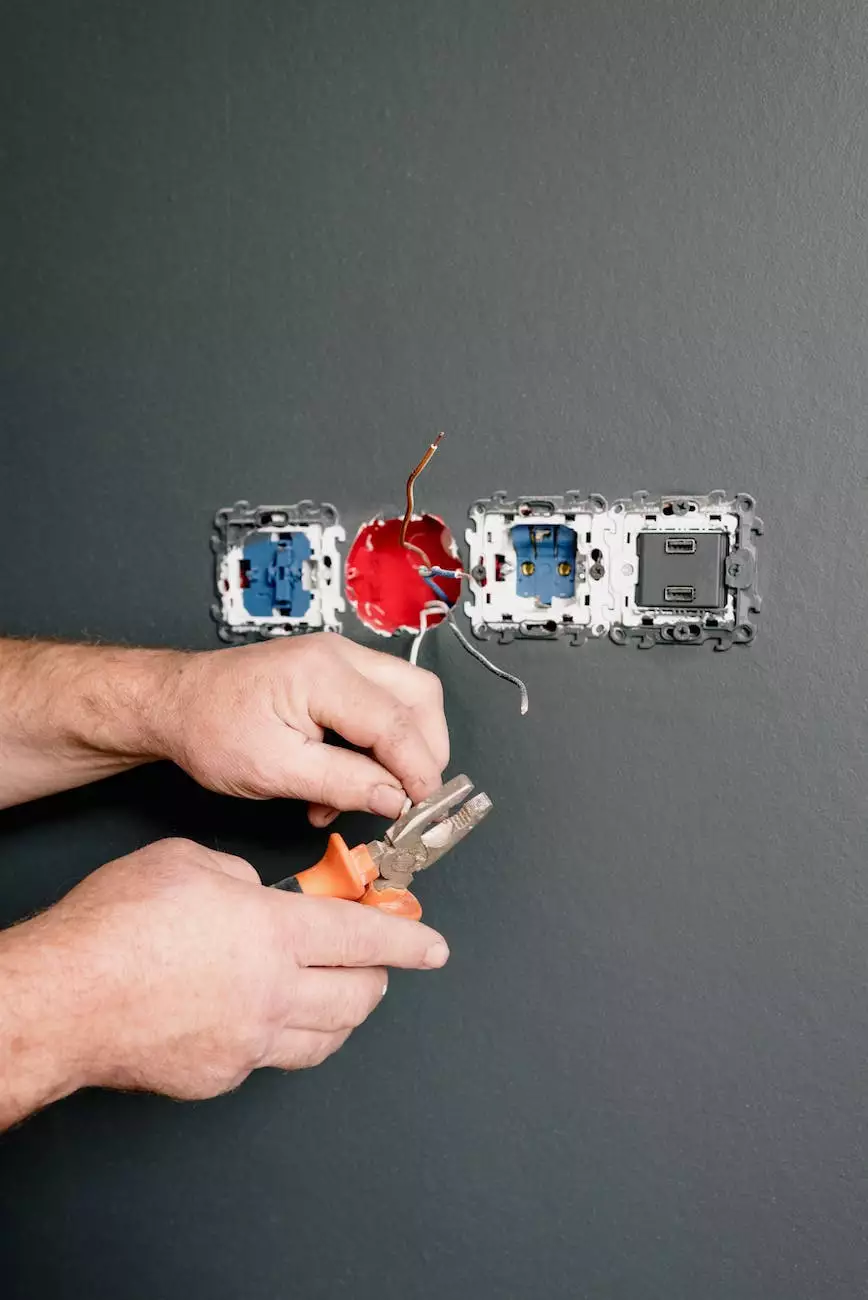How GFCI Outlets Work

Introduction
GFCI outlets, also known as Ground Fault Circuit Interrupters, are an essential component of electrical safety in both residential and commercial settings. Understanding how GFCI outlets work is crucial for anyone who wants to ensure the safety of their electrical systems.
What is a GFCI outlet?
GFCI outlets are specially designed power receptacles that can detect imbalances in electric currents to protect people and prevent electrical hazards. They are typically identified by their distinct "Test" and "Reset" buttons. GFCI outlets are specifically designed to protect against electric shock and ground-faults, which occur when electricity escapes its intended path and takes an unintended path through a person's body instead. They function by constantly monitoring the flow of electricity and instantly tripping the circuit if an imbalance is detected.
How does a GFCI outlet work?
GFCI outlets work by comparing the current flowing into and out of the outlet. Under normal circumstances, the current going into the outlet should match the current returning from it, creating a balanced circuit. However, if there is a discrepancy of as little as 4-6 milliamperes, the GFCI outlet springs into action. When a ground fault occurs, such as a person accidentally touching a live wire or water making contact with electricity, the GFCI outlet detects the fluctuation in the circuit's current. It quickly interrupts the circuit's flow by tripping the internal breaker, shutting off the electricity supply in milliseconds. This rapid response time significantly reduces the risk of electrical shock and potential electrocution.
Where should GFCI outlets be installed?
GFCI outlets should be installed in areas where electrical safety is of the utmost importance. These include, but are not limited to, bathrooms, kitchens, garages, outdoor areas, basements, crawl spaces, and laundry rooms. In the bathroom, GFCI outlets are particularly essential due to the presence of water and the increased likelihood of accidental electrical contact. The same applies to kitchens, where water and various appliances pose potential hazards. Outdoor areas, such as patios and decks, are also high-risk zones due to exposure to the elements. GFCI outlets provide an additional layer of safety and can help prevent electric shock when using electrical devices outdoors.
The importance of GFCI outlets
GFCI outlets are vital for electrical safety in several ways. They protect against the risk of electric shock, reduce the risk of fire caused by electrical faults, and lower the risk of damage to electrical devices. By tripping the circuit when an imbalance is detected, GFCI outlets prevent prolonged exposure to electric current and significantly decrease the likelihood of severe injury or fatality. Additionally, GFCI outlets are an integral part of compliance with electrical codes and regulations. Building codes typically mandate the installation of GFCI outlets in specific areas of a property to ensure the highest level of safety for occupants.
Conclusion
In conclusion, GFCI outlets play a crucial role in electrical safety by effectively preventing electric shocks and ground faults. Understanding how GFCI outlets work and their importance can help homeowners and business owners make informed decisions regarding their electrical systems. If you require professional electrical services, including GFCI outlet installation, troubleshooting, or repairs in Philadelphia, trust Narducci Electric. With our expertise and commitment to safety, we provide reliable electrical solutions for your residential or commercial needs.










